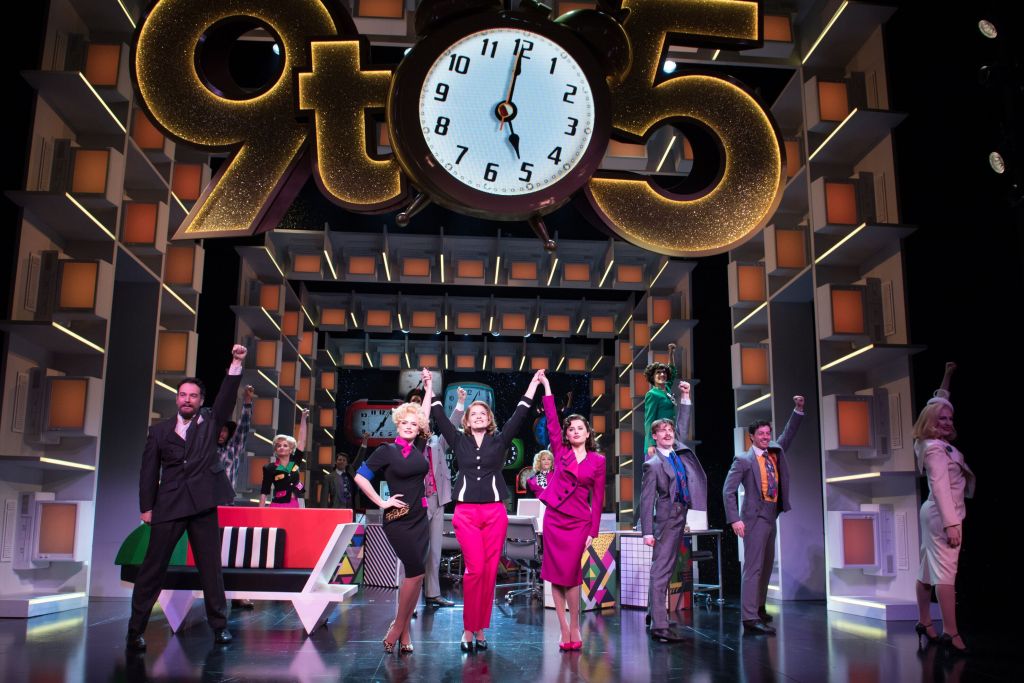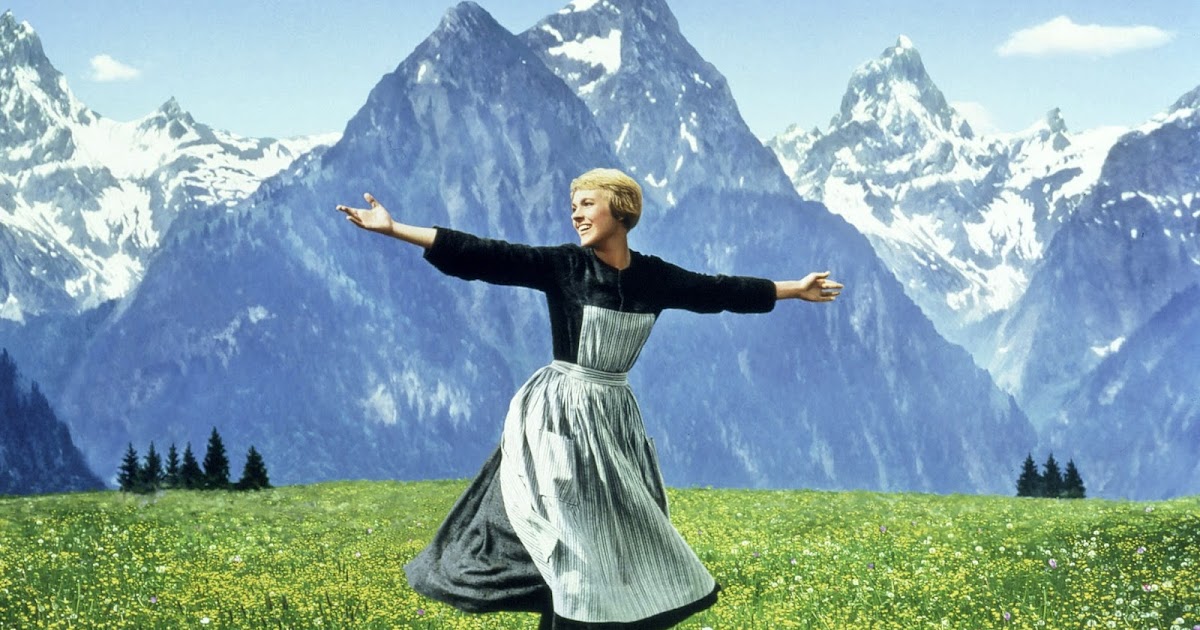

One is a ramp – an increase/decrease in volume and/or pitch to metaphorically parallel a camera zoom/fade or a plane taking off/landing, or a bicycle rising into the air/landing as in “E.T.” (1982).

Essentially, it is a metaphoric match of which there are a few extremely common types. Kendall argues for a third type of visual-musical match which he calls iconicity. When “Jaws” (1975) first came out, the theater audience learned that the da-dum half step motif meant the shark, though now the theme is so well known that it can be used extrareferentially as it was in “Shark Tale” (2004). By this pairing, you learn that the music represents that character. During a film, you may see a main character and hear the same few bars of music or a slightly altered version of the music each time that character appears. Intrareferential associations are primarily musical themes (repeated and sometimes varied melodies) and motifs (very short themes). You also have other associations from our culture that composers and music directors play off of, as film composer John Williams did in this scene in “Harry Potter and the Prisoner of Azkaban” (2004): Williams evokes mystery and magic of Hogwarts through the famous witches’ chant from Shakespeare’s “Macbeth”. One major extrareferential association in Western culture is that major keys are happy and minor keys are sad or angry or frightening. The second kind of match is the most complicated because it is based on associations, both those you learn in the theater (intrareferential associations) and those you bring in with you (extrareferential associations). (Read more about beat and other aspects of music cognition here.) Your mind is really good at using hearing and vision together to get a better understanding of the world (read more here), so it makes a syntactic match when someone is dancing, when the film cuts to a different shot on beat, and when Rocky runs on-beat through Philadelphia and up the art museum steps in “Rocky II” (1979). According to Kendall, this is the simplest kind of match, and one of the two most studied kinds. One simple kind of match is syntactic – when the timing of the action lines up with the beat of the music. Roger Kendall, a UCLA Ethnomusicology professor with degrees in music and psychology, studies what makes a “good” match between motion pictures and music in film.
#Musicality of a movie movie#
Have you ever seen a movie which has a great musical score? Wondered how film composers and music directors write and choose music to enhance the images and make the whole experience more powerful? Dr.


 0 kommentar(er)
0 kommentar(er)
